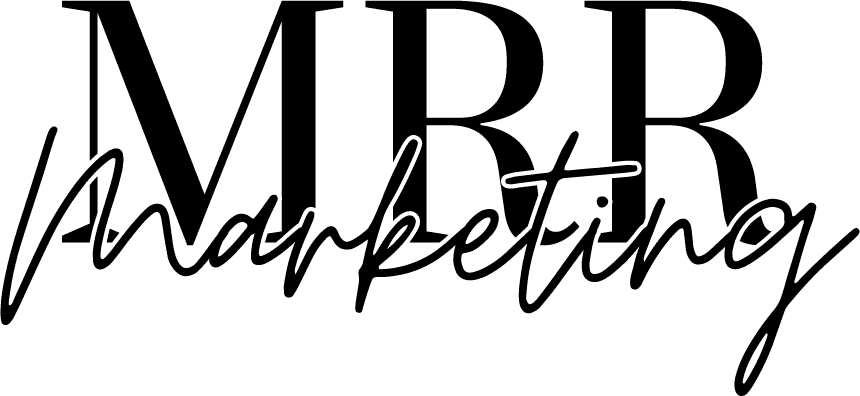Uncategorized
Maximize Your Business with Private Label Rights
Maximize Your Business with Private Label Rights
In today’s competitive digital landscape, content is king. But creating high-quality, engaging content consistently can be a significant challenge. This is where private label rights (PLR) can be a game-changer. This comprehensive guide will delve into the world of PLR, exploring its benefits, potential drawbacks, and how you can leverage it to boost your online presence and propel your business forward. We’ll cover everything from understanding the basics of PLR to practical strategies for maximizing its potential.
Table of Contents
- What are Private Label Rights?
- Benefits of Using PLR
- Potential Drawbacks of PLR
- Finding High-Quality PLR Content
- Effectively Using PLR Content
- Legal Considerations for PLR
- Conclusion
- Frequently Asked Questions
What are Private Label Rights?
Private label rights grant you the freedom to modify, rebrand, and resell pre-written content as your own. This means you can purchase articles, ebooks, software, videos, and other digital products and adapt them to fit your specific needs and target audience. Unlike copyrighted material, PLR content comes with a license that allows you to claim ownership and distribute it under your brand. This can be a powerful tool for entrepreneurs, marketers, and content creators looking to save time and resources while still delivering valuable content.
Benefits of Using PLR
Leveraging PLR offers a plethora of advantages. It provides a cost-effective way to generate a significant amount of content quickly, freeing up your time to focus on other critical aspects of your business. PLR content can be used to build email lists, create lead magnets, populate websites and blogs, develop online courses, and much more. This versatility makes it a valuable asset for businesses of all sizes. Moreover, high-quality PLR can provide a strong foundation for your content strategy, allowing you to establish yourself as an authority in your niche and build a loyal following.
Potential Drawbacks of PLR
While PLR offers many benefits, it’s crucial to be aware of the potential downsides. Low-quality PLR can be poorly written, riddled with errors, and lacking in originality. Using such content can damage your reputation and alienate your audience. Furthermore, if you don’t modify the PLR content sufficiently, you risk publishing duplicate content, which can negatively impact your search engine rankings. Therefore, it’s essential to carefully evaluate the quality of any PLR material before using it and invest the time to customize it to reflect your unique brand voice.
Finding High-Quality PLR Content
Sourcing high-quality PLR content requires careful research and due diligence. Numerous online marketplaces and providers offer PLR materials, but the quality can vary significantly. Look for reputable vendors with a proven track record of delivering well-written, original content. Read reviews and testimonials from other users before making a purchase. It’s also wise to request samples or preview the content to ensure it meets your standards. Investing in premium PLR often translates to higher quality and less need for extensive rewriting.
Effectively Using PLR Content
Simply purchasing PLR content isn’t enough; you need to know how to use it effectively. Always rewrite and edit the content to make it your own. Add your personal insights, examples, and anecdotes to inject personality and originality. Ensure the content aligns with your brand voice and resonates with your target audience. Incorporate relevant keywords for SEO purposes, and optimize the content for readability. By adding value and customizing the PLR material, you can transform it into a powerful asset for your business.
Legal Considerations for PLR
Understanding the legal aspects of PLR is paramount. Different licenses grant varying levels of usage rights. Some licenses allow you to resell the PLR content with resell rights, while others restrict usage to personal or commercial purposes only. Carefully review the license agreement before purchasing any PLR material to ensure you understand the terms and conditions. Using PLR content in a way that violates the license agreement can lead to legal issues.
Conclusion
Private label rights can be an invaluable resource for businesses seeking to streamline content creation and expand their online presence. By understanding the benefits, drawbacks, and best practices for using PLR, you can leverage its potential to achieve your business goals. Remember to prioritize quality, customize the content thoroughly, and adhere to the license agreement to maximize the benefits of PLR while avoiding potential pitfalls. Start exploring the world of private label rights today and unlock new opportunities for growth and success.
Frequently Asked Questions
Question? Can I claim ownership of PLR content?
According to ScienceDirect, Yes, most PLR licenses allow you to modify the content and claim ownership of the revised version. However, you typically cannot claim ownership of the original, unaltered PLR material.
Question? Is PLR content SEO-friendly?
PLR content can be SEO-friendly if you optimize it properly. This includes incorporating relevant keywords, ensuring readability, and avoiding duplicate content issues by rewriting and customizing the material.
Question? Where can I find PLR content?
Numerous online marketplaces and individual vendors offer PLR content. Research different providers, read reviews, and request samples to ensure you’re getting high-quality material.
According to ResearchGate, Question? Can I resell PLR content?
The ability to resell PLR content depends on the specific license agreement. Some licenses grant resell rights, while others restrict usage to personal or commercial purposes only. Always check the license terms before reselling PLR.
Question? How can I make PLR content unique?
Rewrite the content extensively, add your personal insights and examples, incorporate your brand voice, and optimize it for your target audience. The more you customize the PLR, the more unique and valuable it becomes.
Question? Is using PLR ethical?
Using PLR is ethical as long as you adhere to the terms of the license agreement. Modifying the content and presenting it as your own work (after obtaining the necessary rights) is a perfectly acceptable practice.


